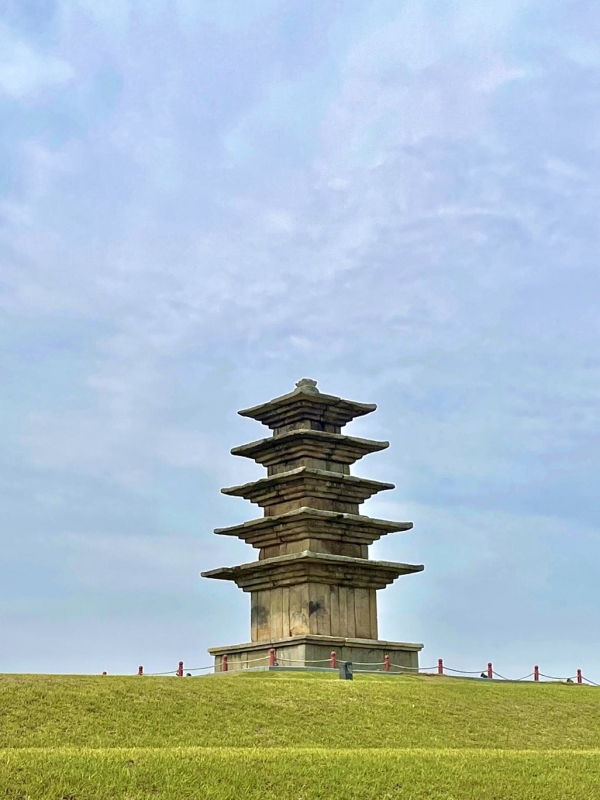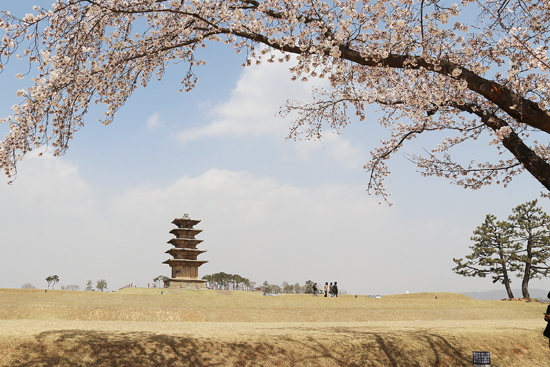
On exploring Iksan, we have taken a visit to the exquisite historical works of Mireuksa Temple Site and the Archaeological Site in Wanggung-ri. Let's find out why this UNESCO-listed building means so much to the glorious Baekje era!
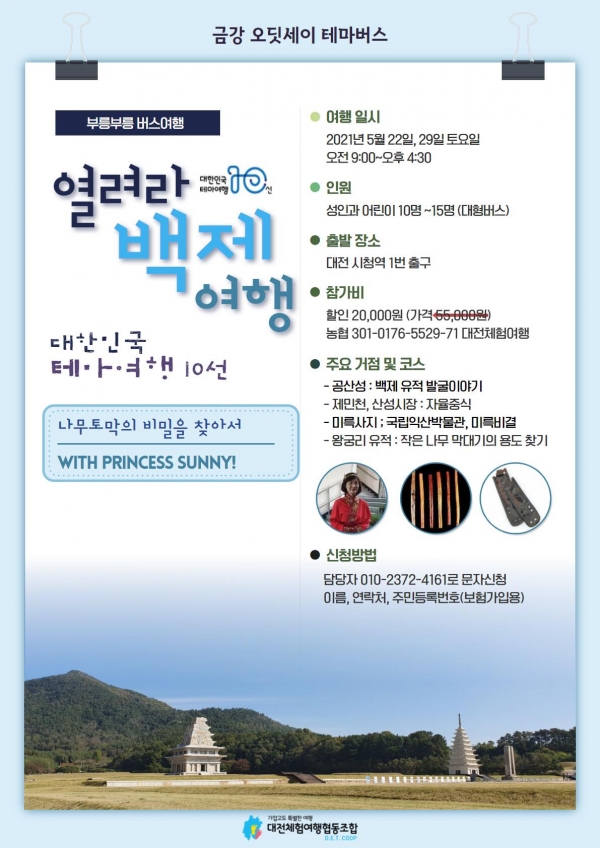
Mireuksa Temple Site (미륵사지), Iksan (익산)
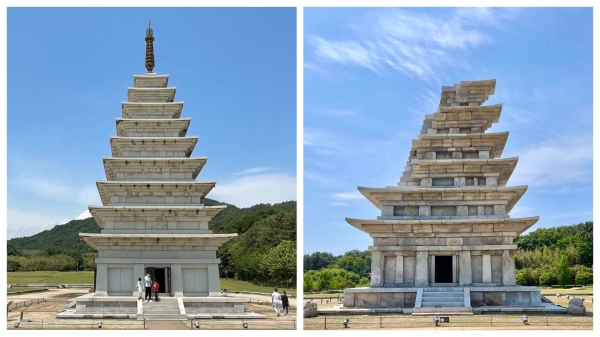
Mireuksa was the largest Buddhist temple of the ancient Baekje Kingdom (18 BC-AD 660) and has been recognized as a UNESCO World Heritage. According to Samgukyusa (Memorabilia of the Three Kingdoms), on the way to Sajasa Temple, King Mu of Baekje Dynasty and his queen saw the Maitreya Buddha Triad appearing at the pond down Yonghwasan Mountain. Later, at the request of the queen, in response to their vision, King Mu had the pond reclaimed and pagodas, halls for the image of Buddha, and ambulatory built.
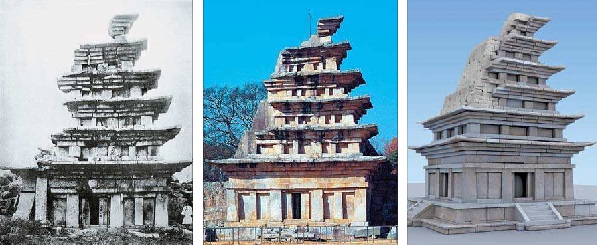
The two main features of the Mireuksa Temple Site are the stone pagoda (Mireuksaji Seoktap) and the flagpole supports (Mireuksaji Dangganjiju). The 14.24-meter-high west stone pagoda (National Treasure No. 11) is the oldest and largest Korean stone pagoda in existence. Especially, Seotap (west pagoda), designated as National Treasure No. 11, is truly valuable as the oldest stone pagoda. Mireuksa, which has great historical importance, is a kind of guardian temple built with the intention of protecting the state with the spirit of Buddha and was considered very important until the end of the Baekje Dynasty.
Iksan National Museum (국립익산박문관)
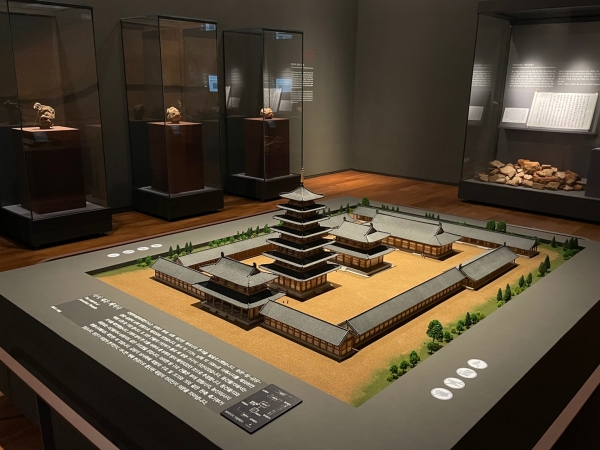
The museum was established by Jeollbuk-do Province in 1997 to preserve, exhibit, and use the cultural heritage excavated from the Mireuksa Temple Site for educational purposes. It was conducted by the National Research Institute of Cultural Heritage over an extended period from 1980 to 1996. In the process, the size and building layout of the temple grounds during the Baekje Kingdom was identified, and over 19,000 artifacts dating from its establishment to the Joseon Dynasty were recovered.
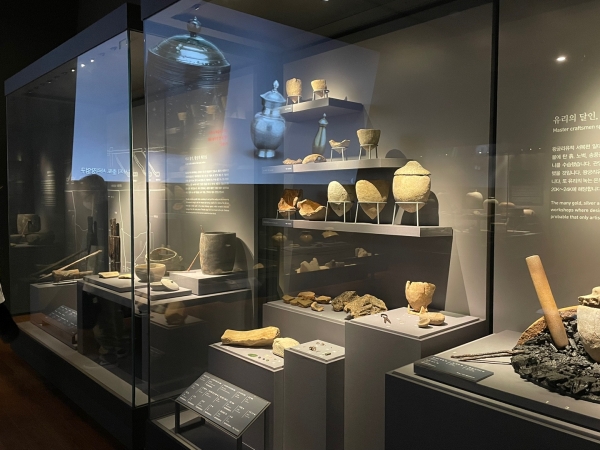
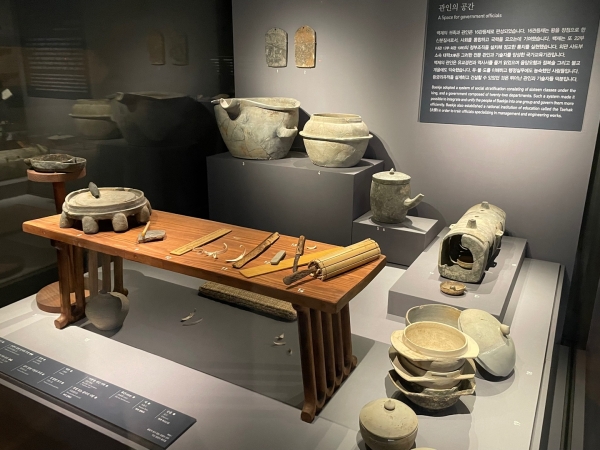
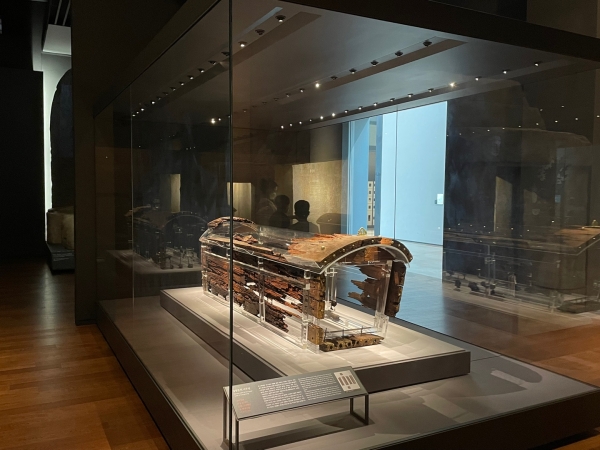
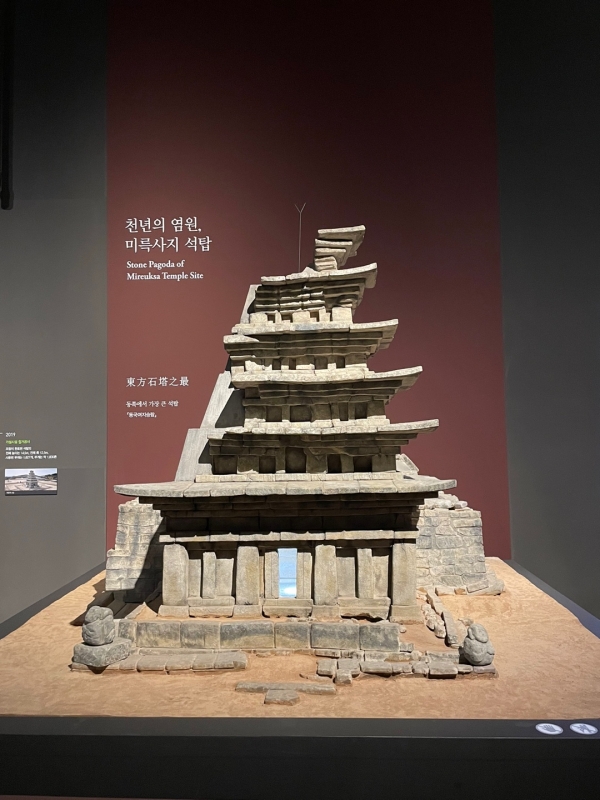
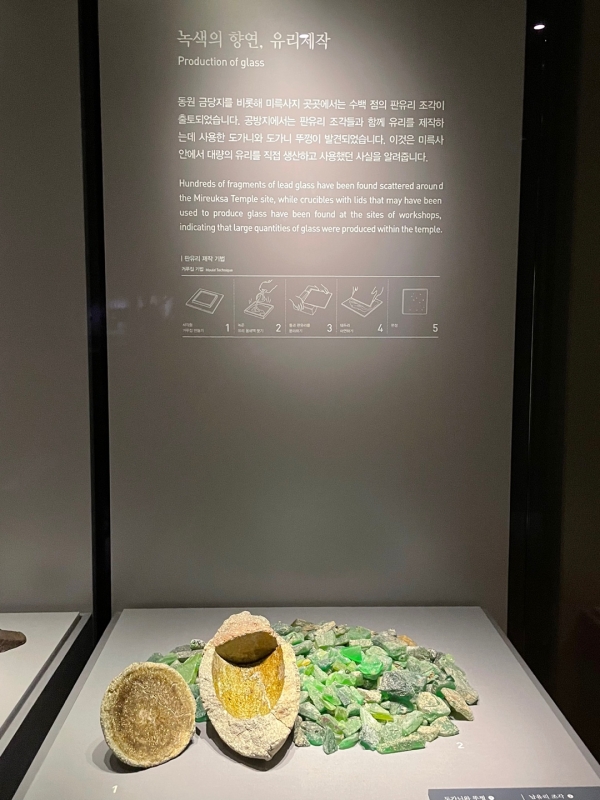
Archeological Site in Wanggung-ri (왕궁 리유적지)
Located in Iksan, Jeollabuk-do, the site was built as a detached palace by the royal court of Baekje in an attempt to make up for the weakness of the capital city in Sabi (Buyeo). The function of this royal palace shifted to the temple, and some historians argue that this change took place during the late Baekje Period (mid 7th century), while the others argue it happened during the early Unified Silla Period (late 7th century). The Five-story Stone Pagoda that stands today testifies to this theory.
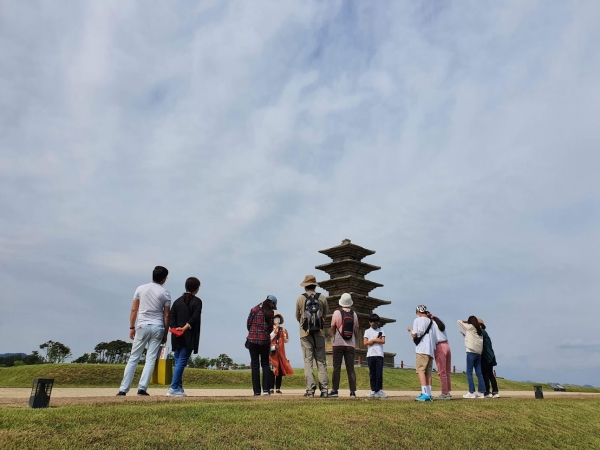
Click here to explore the Baekje Era Historical Site in Gongju (공주):
www.walkintokorea.com/news/articleView.html?idxno=1375
For more information: www.socialtrip.co.kr
To learn more about the historical period of Baekje: www.baekje-heritage.or.kr/html/kr


